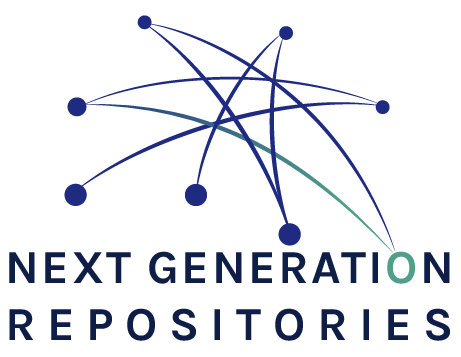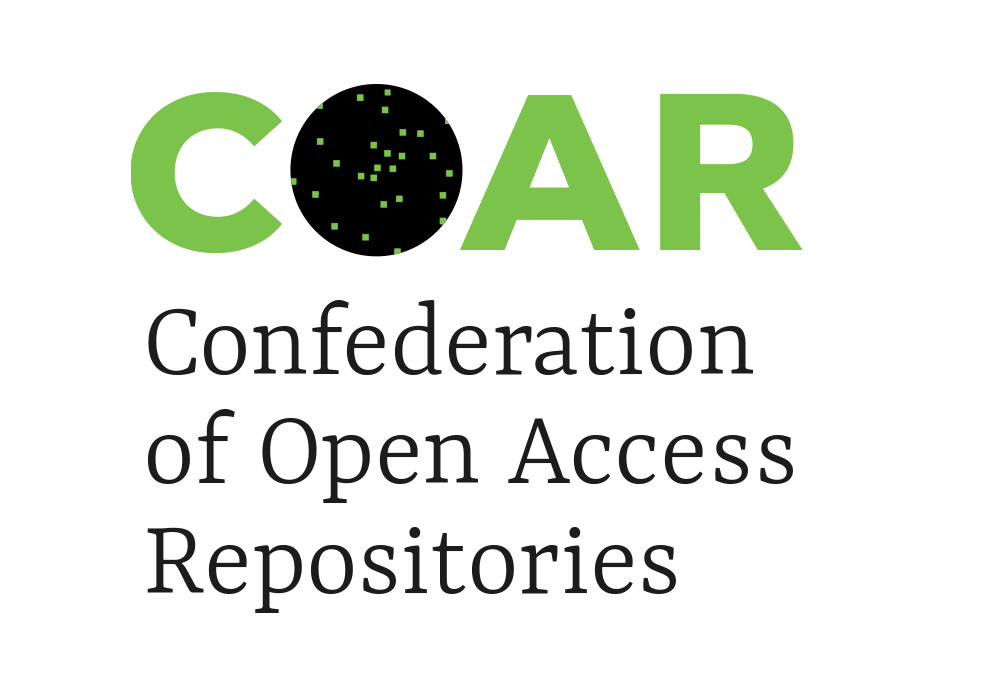Design Assumptions
Focus on the resources themselves, not just associated metadata
For historical reasons, technical solutions have focused on metadata that describes scholarly resources instead of on the resources themselves. By considering both the scholarly resource and its metadata as web resources identified by distinct URIs, they can be treated on equal footing and can be appropriately interlinked.
Pragmatism
Given the choice, we favour the simpler approach. Where possible, we choose technologies, solutions and paradigms which are already widely deployed. In practical terms, this means that we prefer using standard Web technologies wherever possible.
Evolution, not revolution
We prefer to evolve solutions, adjusting existing software and systems that are already widely deployed across the world to better exploit the ubiquitous Web environment within which they are situated.
Convention over configuration
We favour the adoption of widely recognised conventions and standards, and encourage everyone to use these where possible, rather than accommodating richer, more complex and varied approaches. New standards should be introduced only when concrete and pragmatic needs arise, with the intention of keeping constraints to a minimum so that those implementing our systems can readily understand the constraints under which they must operate.
Engage with users where they are
Instead of always asking users to leave their environment and engage with one of our systems, we want to integrate tools into the environments and systems where users are already engaged.

